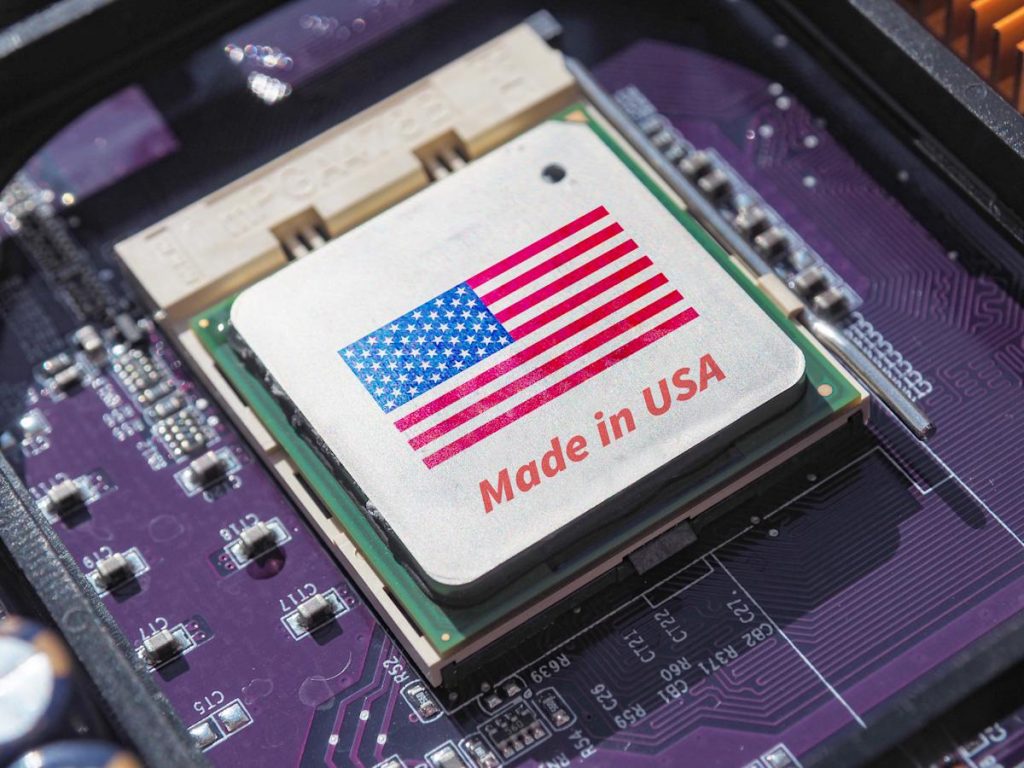2 Artificial Intelligence Stocks You Can Buy and Hold for the Next Decade

-
This leading cloud giant has many ways to win in AI, including a big stake in OpenAI.
-
One left-behind chip stock could be on the brink of a massive turnaround.
-
Both of these leaders are longtime partners, and may be once again in the AI era.
While optimism surrounding the artificial intelligence (AI) buildout was already strong, a slew of big partnership announcements last month, mostly involving AI leader OpenAI, led most chip and cloud stocks to surge even higher in September.
At these higher valuations, picking new AI stocks is a bit trickier. But there are still opportunities in high-quality, defensive AI stocks, as well as laggard turnarounds that still have AI upside.
The following two storied names embody both defensive and aggressive bets on the AI revolution today.
Microsoft (NASDAQ: MSFT) is a leader in enterprise software, cloud computing, and PC operating systems, along with other cash-generative businesses like LinkedIn and Xbox.
Microsoft’s diversified portfolio of profitable growth businesses gives it the cash flow to compete strongly in artificial intelligence. And while the generative AI boom is potentially disruptive to even the large tech giants, it’s more likely the forward-thinking Microsoft and visionary CEO Satya Nadella will find ways to benefit from the AI transition.
After all, Microsoft was an early investor in OpenAI, the leading AI model-builder, which in some ways is attempting to compete with Microsoft’s enterprise software business. But even if that happens to an extent, Microsoft’s stake in OpenAI would appreciate in value, somewhat offsetting the threat.
Meanwhile, Microsoft has made a few bullish “leaks” of late. According to a recent Bloomberg piece citing anonymous internal sources, Microsoft management apparently believes its data center capacity will be constrained for longer than previously anticipated.
Not having enough data center capacity to meet demand seems like a “good” problem to have, and suggests the growth outlook for Microsoft’s Azure cloud unit should be strong for years.
Meanwhile, another Microsoft executive recently hinted at something bigger perhaps bubbling under the surface — Microsoft’s in-house AI chip efforts. Microsoft is seen as somewhat of a laggard in designing its own in-house AI accelerators, something its rivals have been at for a longer time. In recent years, cloud giants have been designing their own silicon in order to wean themselves off higher-priced Nvidia and Advanced Micro Devices graphics processing units (GPUs).
Do you want to build your own blog website similar to this one? Contact us








